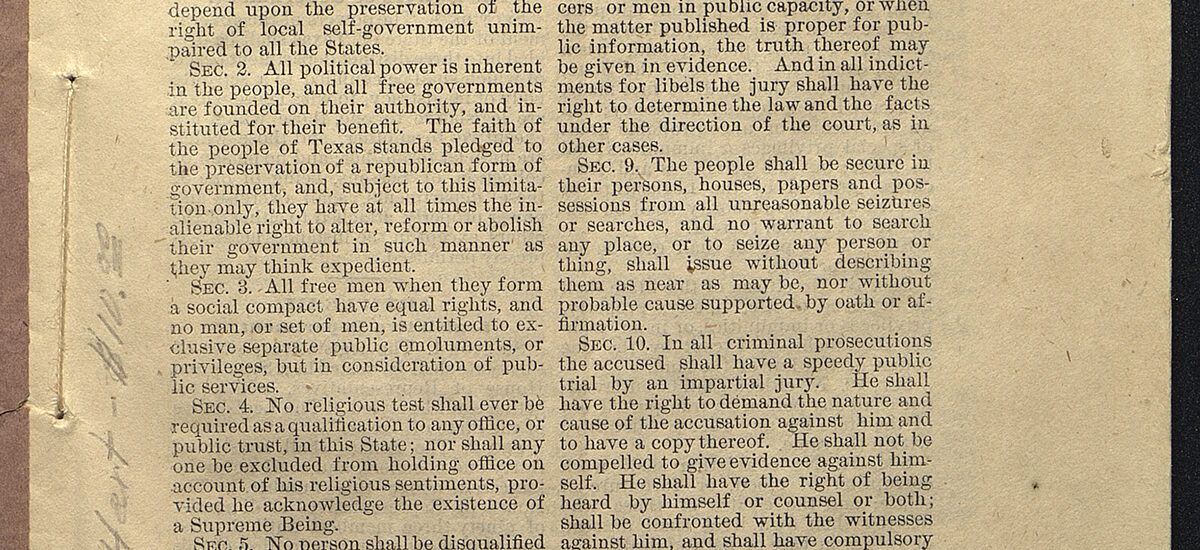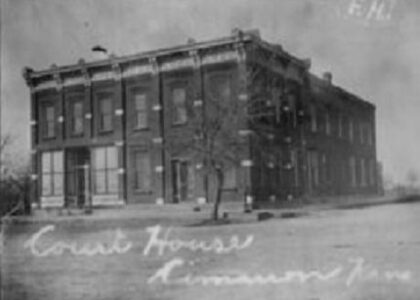Welcome to the heart of Texas history, where the story of the Texas Constitution unfolds. This location, pivotal in shaping the Lone Star State, serves as a reminder of the democratic principles that continue to guide Texas today. The Texas Constitution was first adopted in 1876, making it one of the oldest governing documents still in use in the United States. Over time, it has been amended hundreds of times, reflecting the evolving needs and values of Texans.
The journey to this foundational document began in the early 19th century. After a series of constitutions during the Republic of Texas and early statehood, the 1876 version was drafted to address the political and economic challenges of the Reconstruction era. It aimed to limit the power of the state government, a reaction to the centralized control experienced under Reconstruction.
Several notable figures played crucial roles in shaping the Texas Constitution. Richard Coke, a former governor, was a key advocate for the 1876 constitution, emphasizing the need for more local control and less government intervention. Another important figure was Oran M. Roberts, who presided over the constitutional convention that drafted the document.
Over the years, the constitution has been amended more than 500 times, illustrating the dynamic nature of governance in Texas. Despite its many amendments, the core principles of the constitution emphasize limited government, individual rights, and fiscal conservatism.
The Texas Constitution’s role extends beyond just governance; it is a reflection of the broader historical context of Texas. From its fight for independence to its status as a republic, and eventually becoming a state, the constitution embodies the independent spirit of Texas. The ongoing amendments and debates about its provisions continue to bring the past to life, as each change is a chapter in the story of Texas.
As you explore this area, consider the enduring impact of the Texas Constitution, not only on the state’s laws but also on the identity of its people. Its evolution mirrors that of Texas itself—resilient, adaptable, and always looking towards the future.





